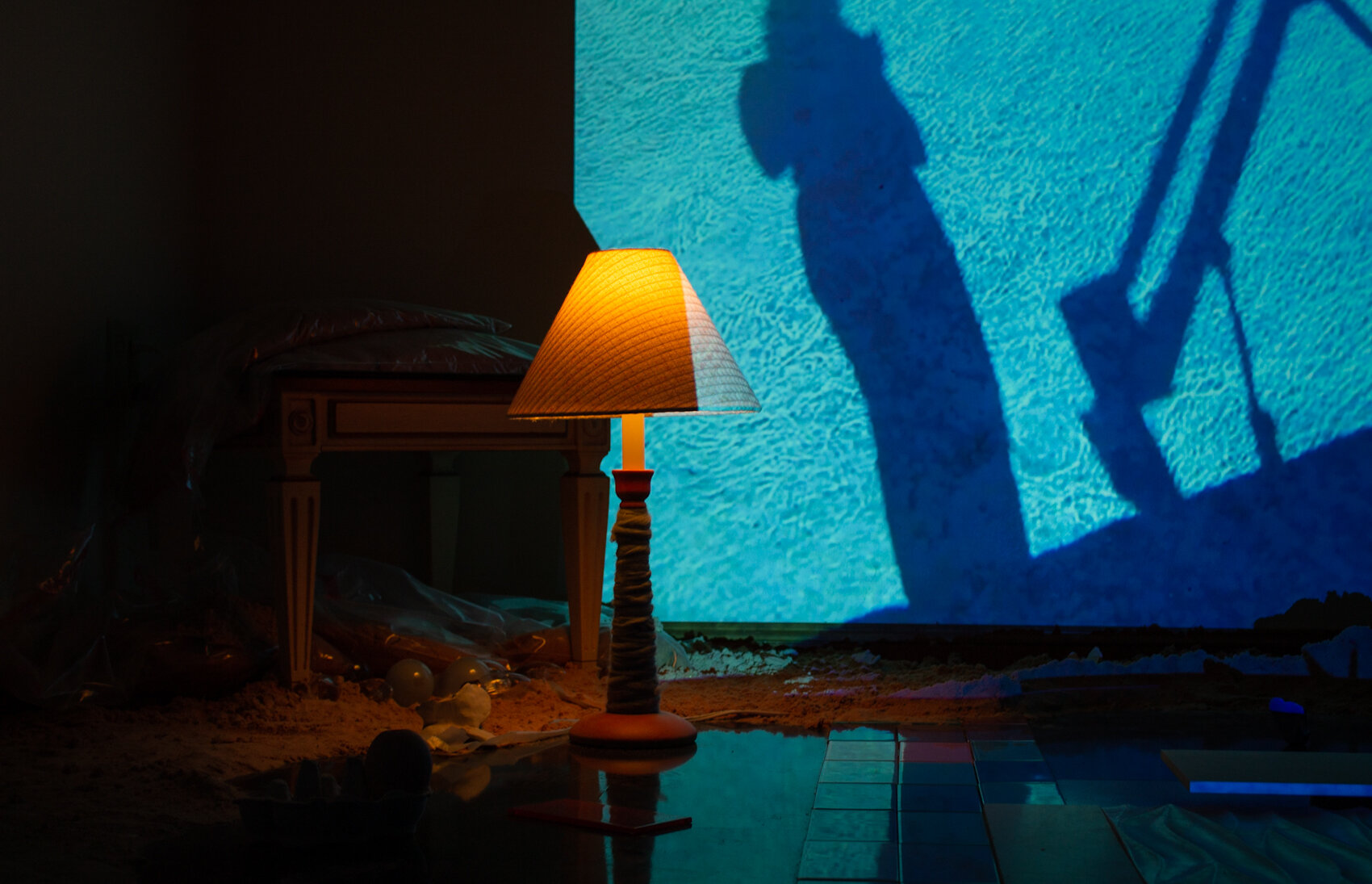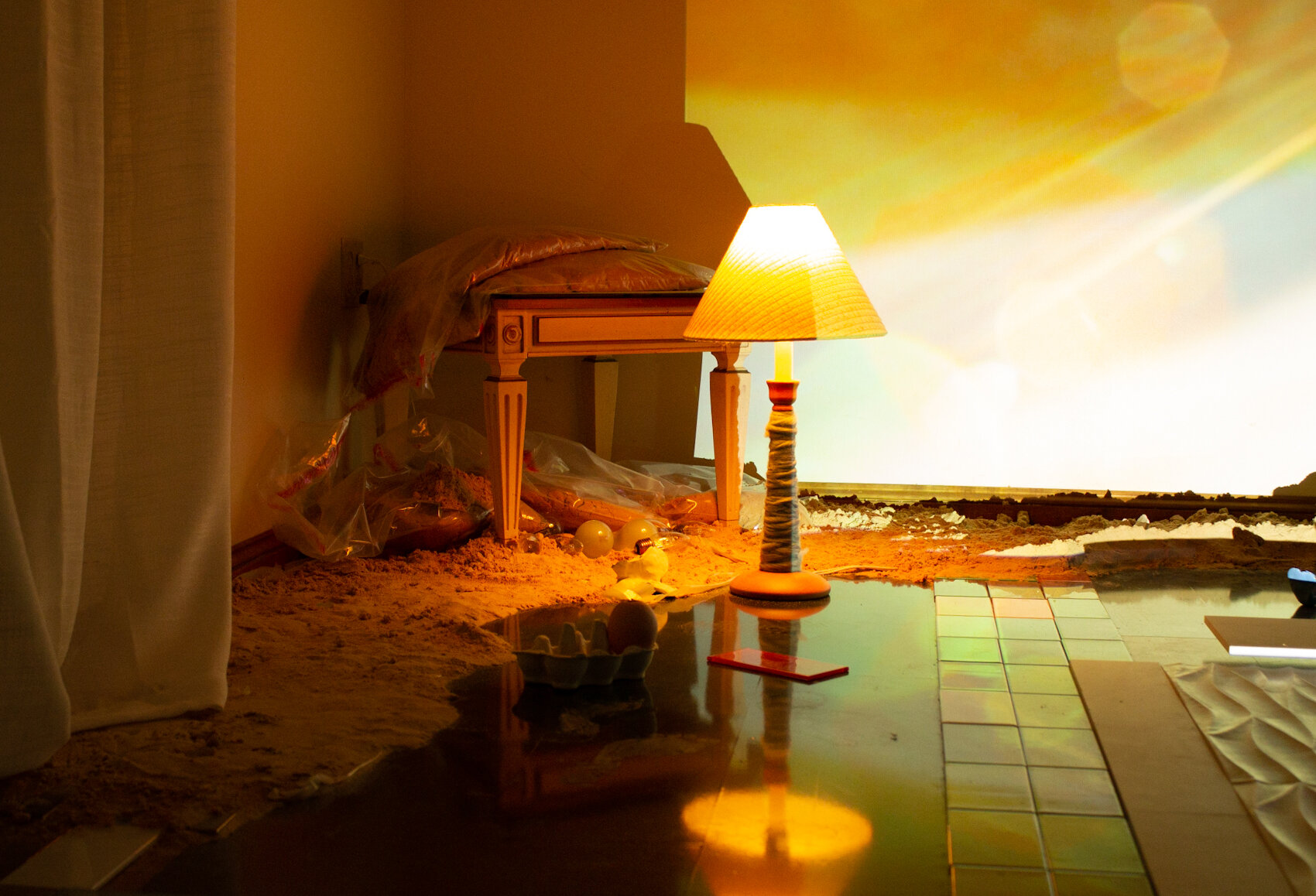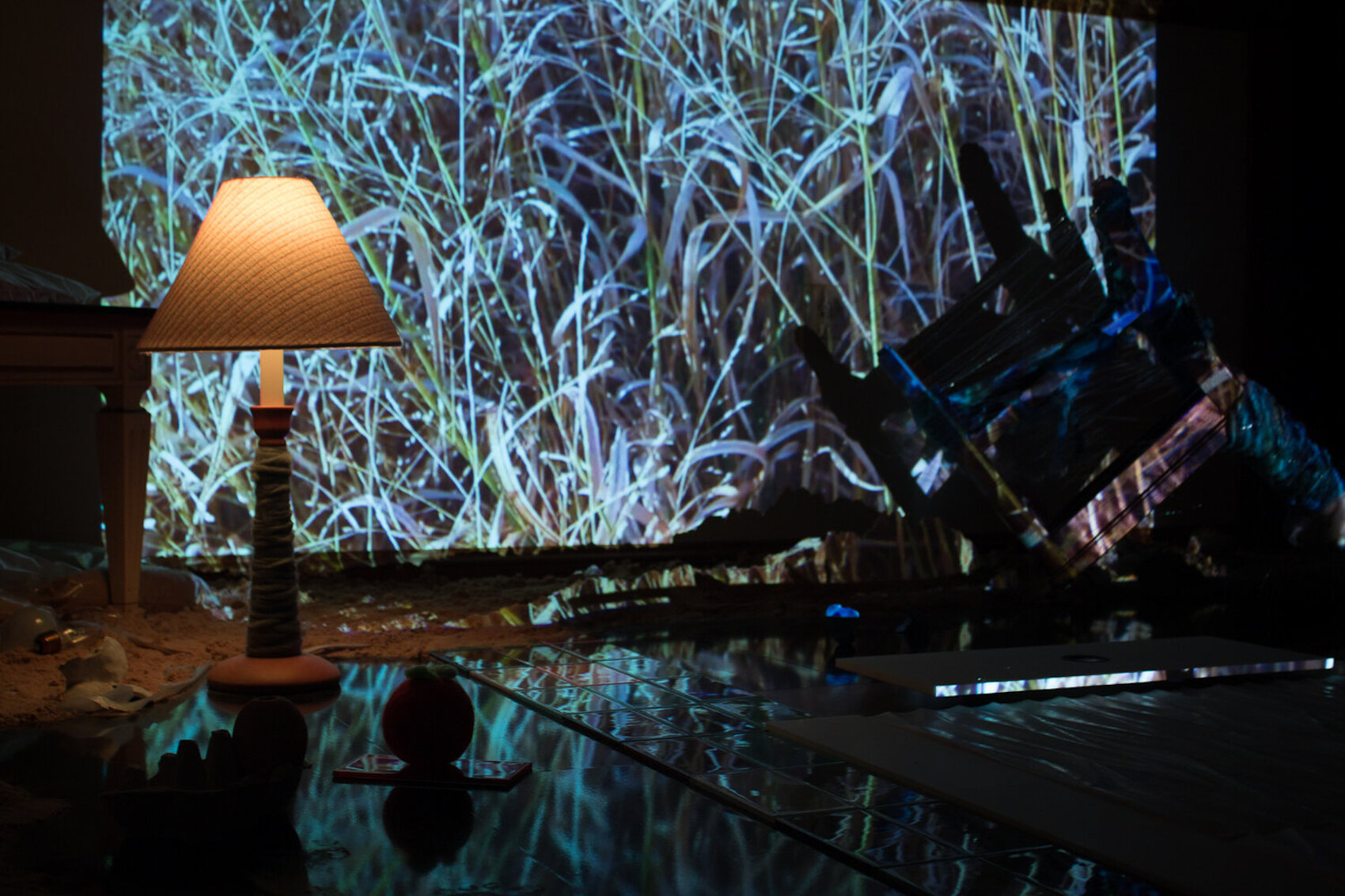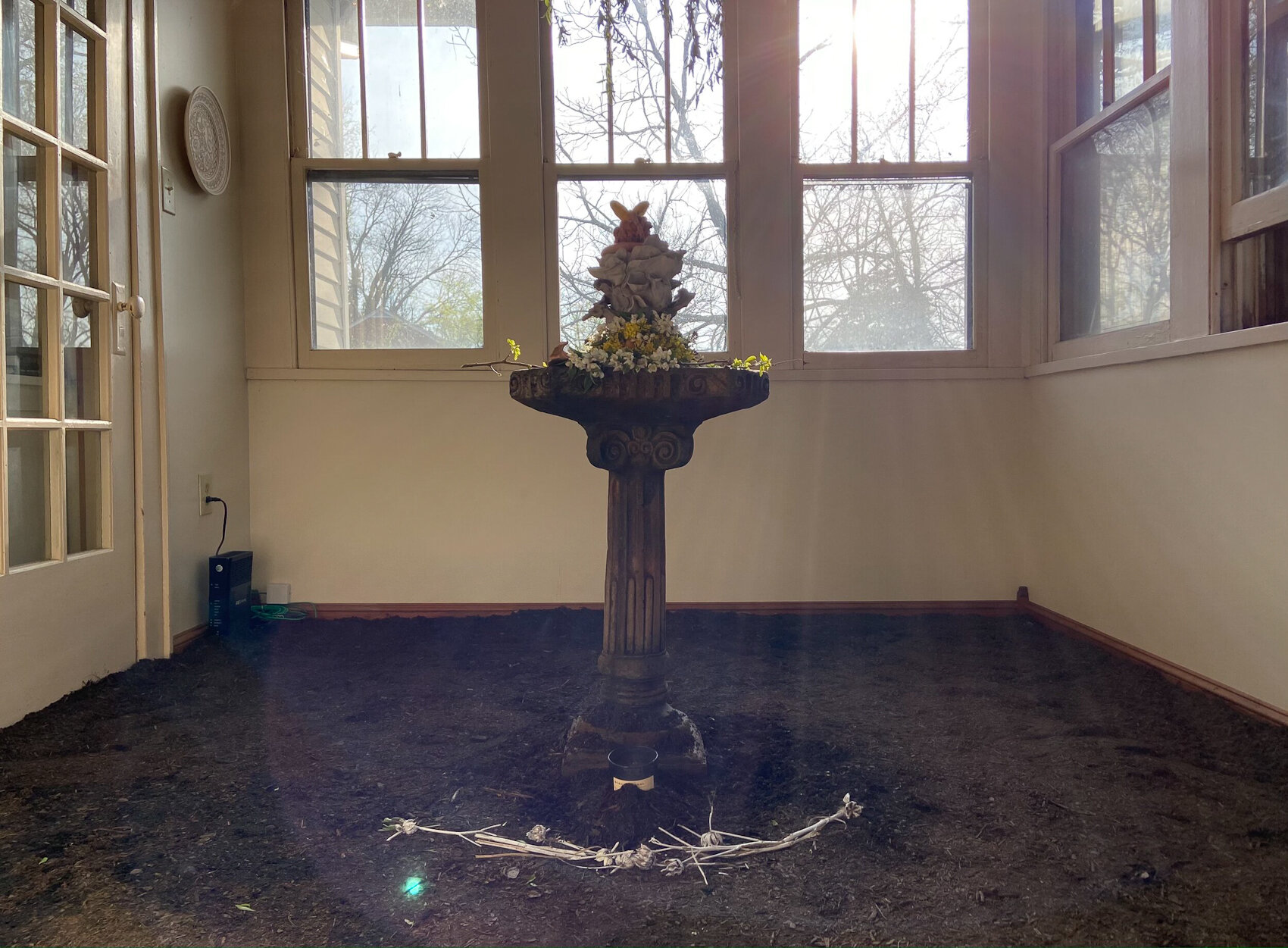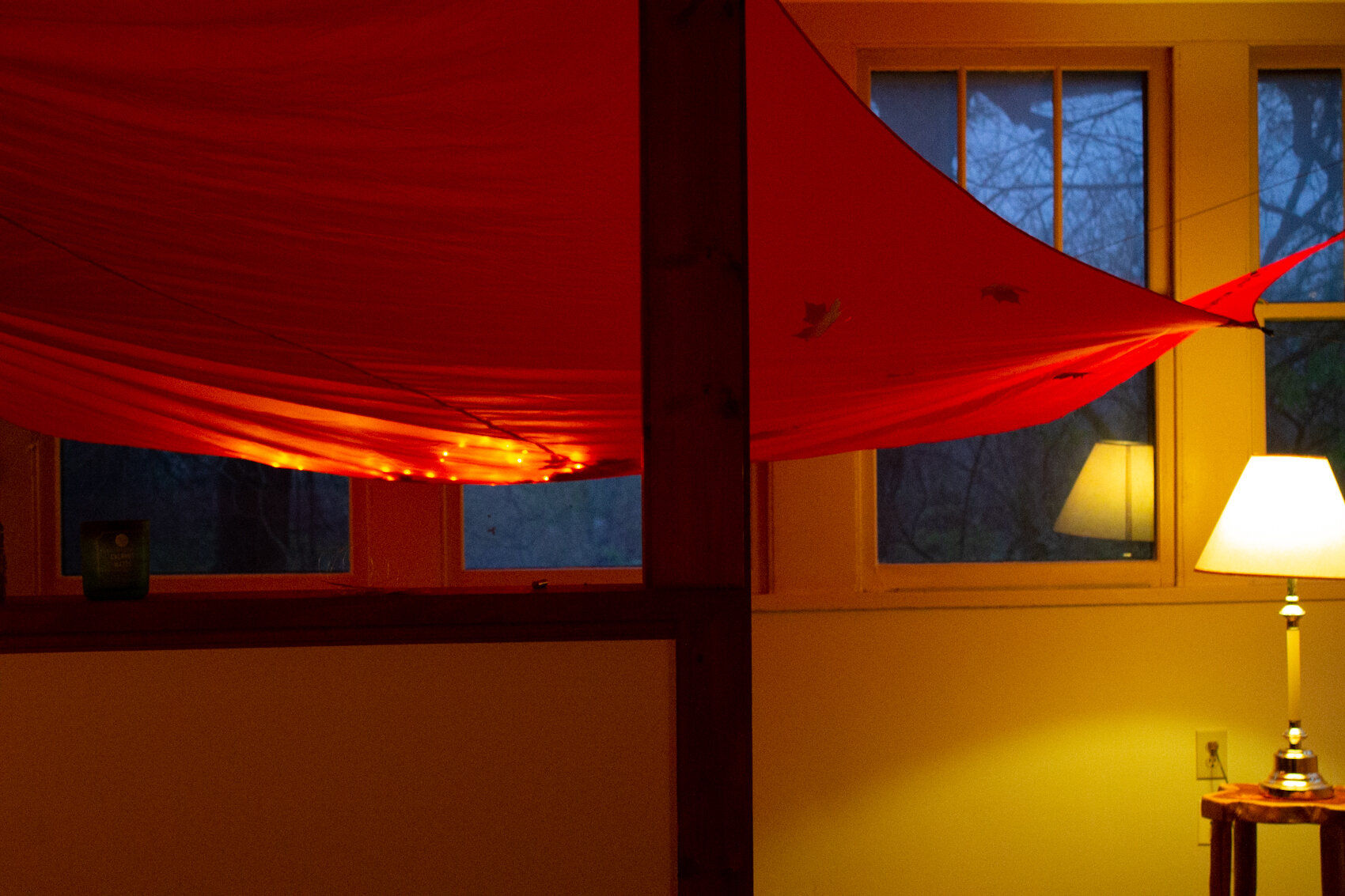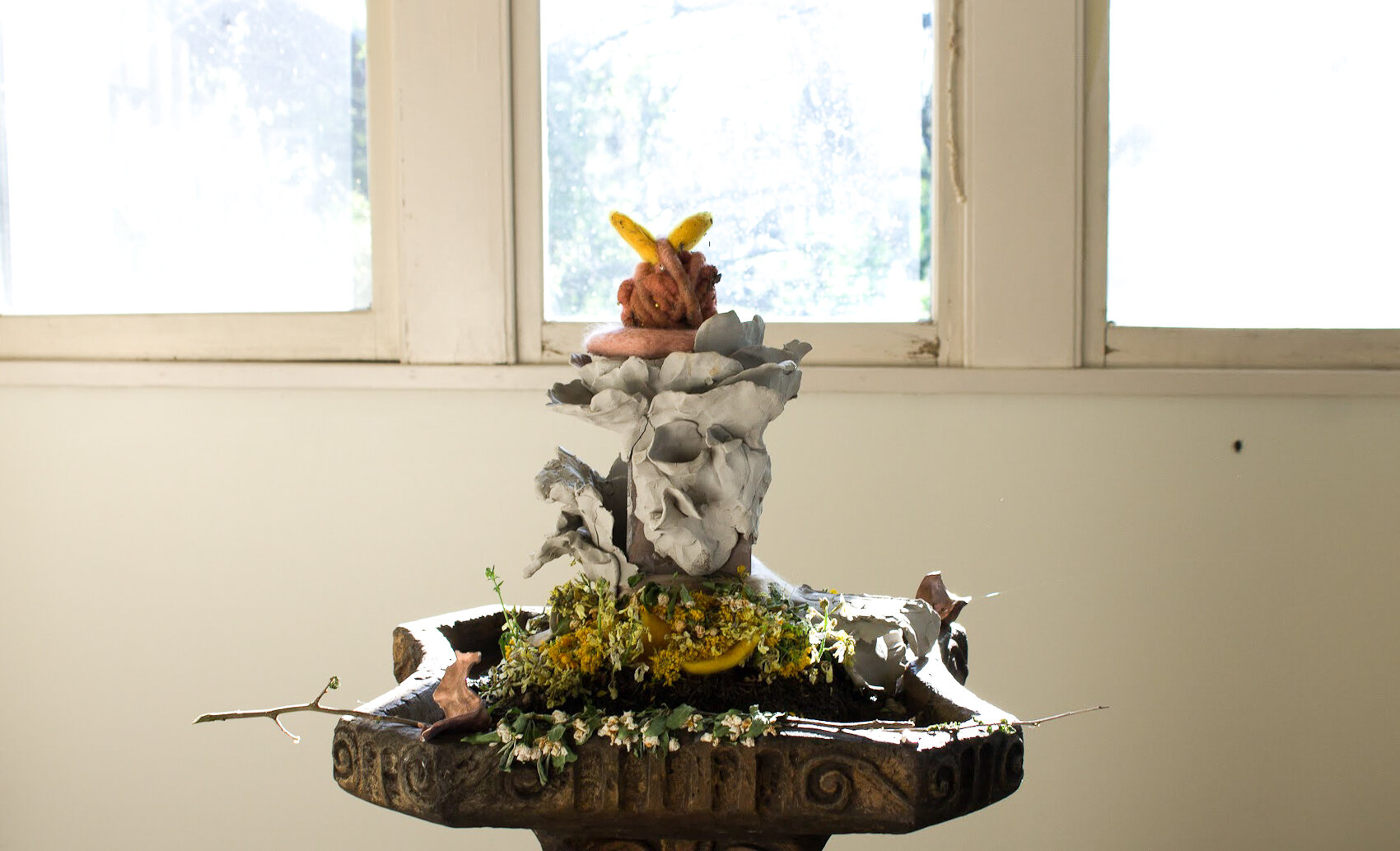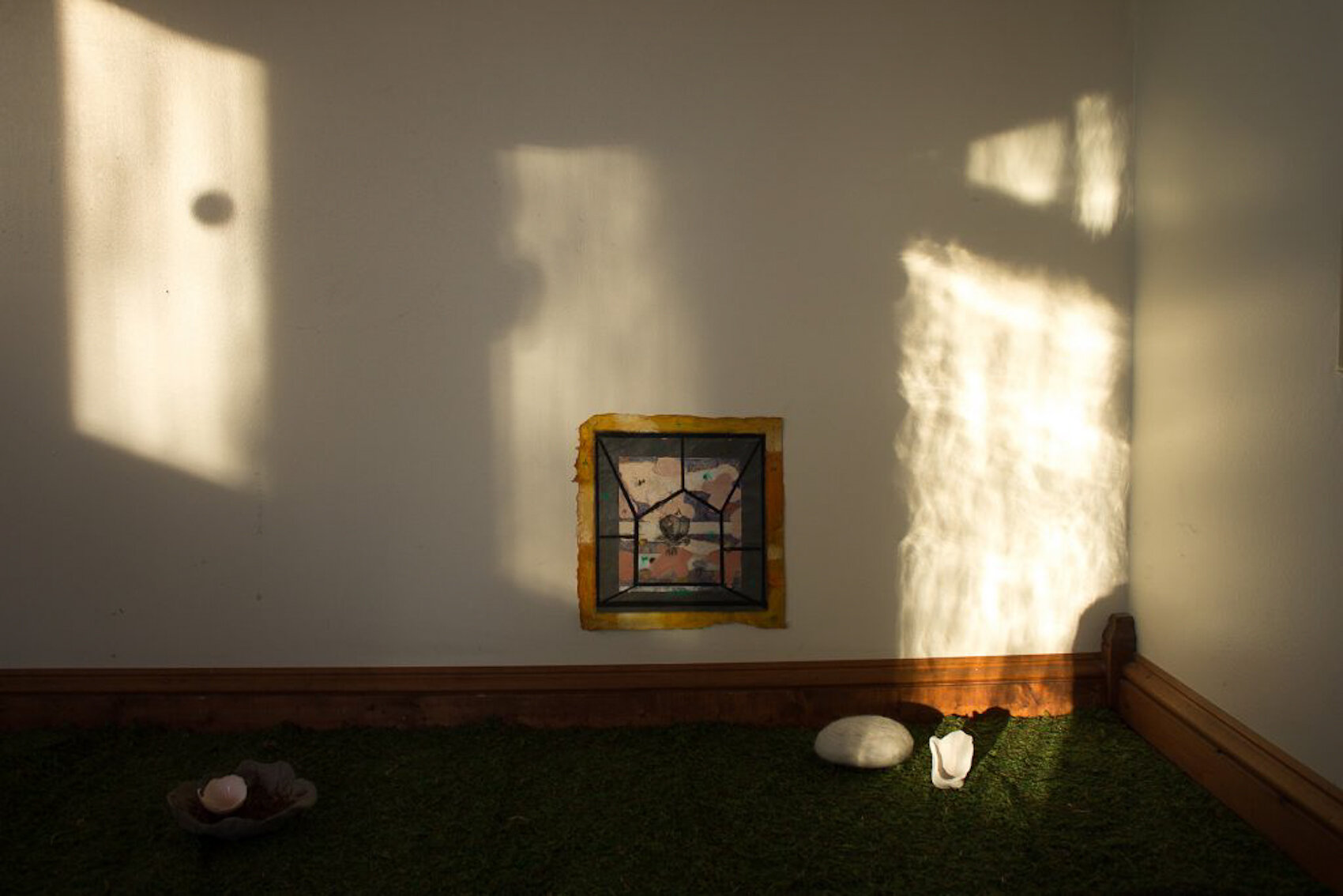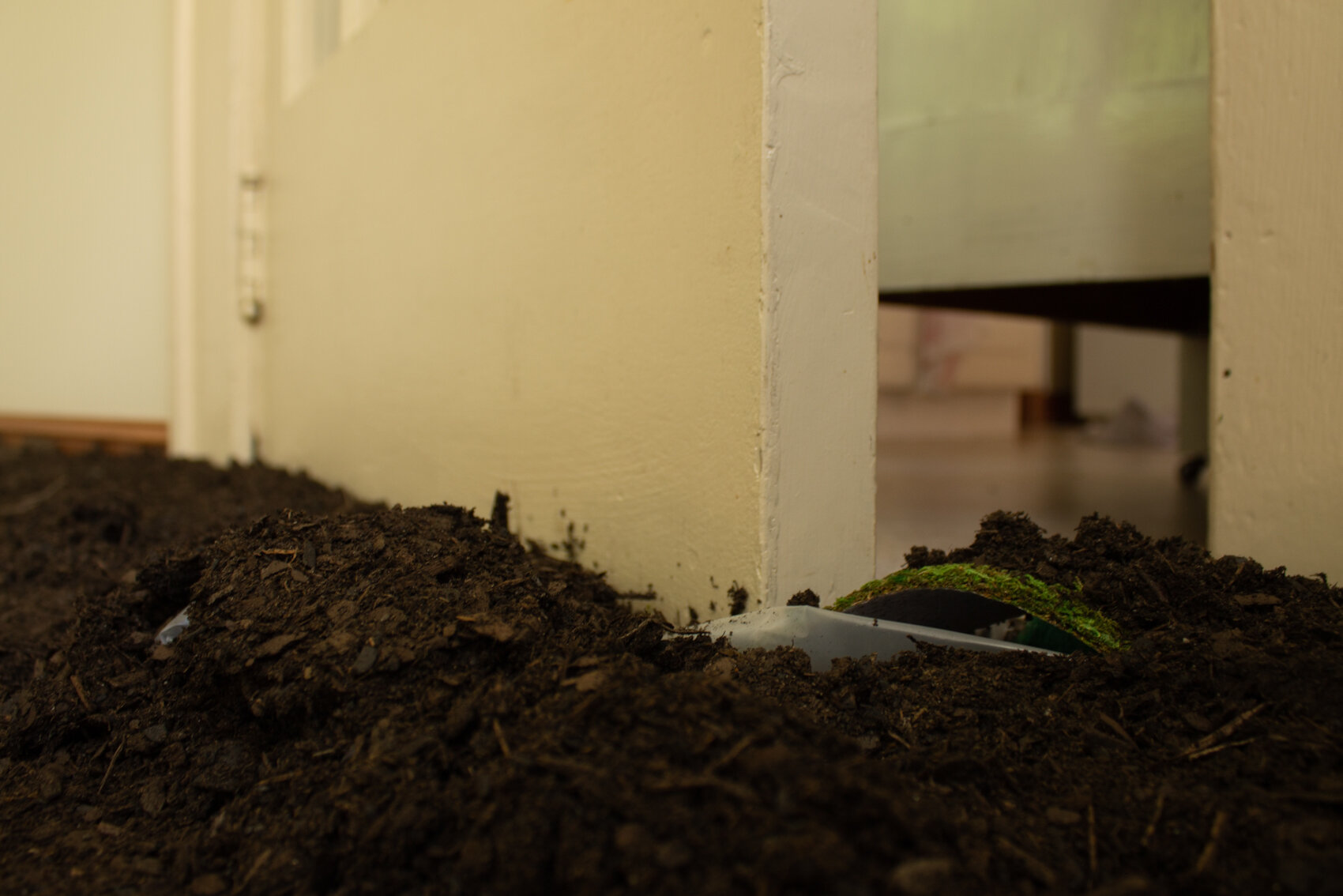Origins.
I open a Google page and type the word “house” in the empty search bar. The resulting definition appears luminously simple: A house (n.) is just four walls and a roof. To house (v.) means to provide (a person or animal) with shelter or living quarters, it also means to provide space for; accommodate. What makes a house a home is an age-old question, as these two words occupy vastly different spaces: the latter is not simply where we live, but also rather, who we are. It is entangled with intangible needs: of love and the potential to belong. For a child, home can be a tent in the backyard bursting with ideation, a safe place to imagine; for the home-less, a shopping cart stacked high with others items that they’ve taken on as their own, strapped down as they move from place to place.
Endnotes:
“How Are Seashells Created? Or Any Other Shell, Such as a Snail’s or a Turtle’s?,”Scientific American (Scientific American, October 23, 2006), http://www.scientificamerican.com/article/how-are-seashells-created/)
Home may be the body that one is housed in, a holding vessel that nurtures ones spirit as it matures, with enough space for it to grow freely and feel safe—in the same way that a seashell grows from the bottom up, adding material at its margins to protect the soft creature concealed within. A perennial nomad carried with the tide, it challenges permanence with its innate multi-centeredness. Like our own spirit, that soft creature is vulnerable and pliant; it depends on its house for preservation. And though we may not choose our own bodies, we may choose how they carry us. For others, home is simply a feeling— the remembrance of some where that no longer exists, the desire for a place they have never been to—entwined with personal memory, known or unknown histories, marks made in the land that provoke and evoke.
2. Lucy R. Lippard, The Lure of the Local: Senses of Place in a Multicentered Society (New York: New Press, 1998))
In my thesis work: Origins, a story unfolds in a duplicitous space—my current home. It runs on various timelines. Always in the stages of being “built”, it is partially undone, and continuously beautiful in its candor. Materials are untidily scattered as I work every day to make adjustments. I learn about the space and what it needs to survive; what I need to survive. I have divided my house into sections. My couch is in the hallway and my dining table in the kitchen. A sheer linen curtain separates my kitchen from the living room, which now has a tiled floor and sandbags lined up against the wall. My dining room floor is packed tight with soil. My house is unlivable in the traditional sense, but oh it is living, burgeoning amidst arduous times. It gives me purpose. It tests my capacity for hope. The house collects dust, dirt, and bugs. Footprints and scuffmarks cover the black gloss vinyl that I’ve laid down in a labyrinth like fashion on the wooden floor. I sweep when I wake up and before I go to bed. I care for its details. Maintaining something is no easy task and as the days pass I grow to love this space more and more, knowing that it will soon be time to clear it away.
